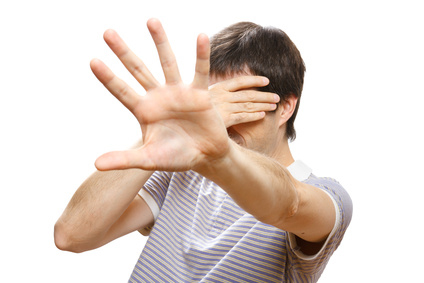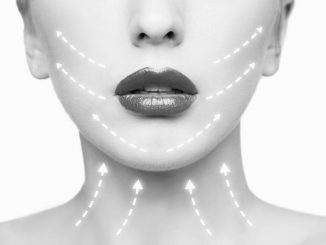
Getting on the elevator, parking, bees, a simple scratch — All these seemingly minuscule things can create phobias. Often times, these irrational fears transform the life of those suffering from them into a nightmare. Fortunately, you can overcome them! Let’s have a look into what they really are, and how to fight them.
Phobia is the fear of an object or situation that, for the vast majority of people, is nothing but a simple object or an everyday situation. Some phobias are mild and do not greatly affect everyday life, but others can be so severe that can make people remain locked in their houses, not be able keep a job, or even have any social contacts at all. In the contemporary world, phobias are very common.
The factors that cause phobias are varied. They may be related to traumatic events experienced in childhood or adolescence, or to situations where the fear was extremely intense and could not be overcome. Social phobias, for example, may be related to past situations, such as a school holiday or a family event where the child has felt embarrassed.
Simple but irrational fears
People can develop phobias to almost any object or situation. Some may be afraid to get out of the house (agoraphobia) or enter enclosed spaces such as elevator, metro or cellars (claustrophobia). People can be afraid of illness, certain social situations or may have a specific phobia for animals, insects or birds. Phobias are, in general, irrational fears.
People suffering from phobias usually perceive them as such; moreover, they are generally aware that their fears are exaggerated, but are however not able to control them. Experts believe that from a psychodynamic perspective, the mechanism of triggering the phobic symptom can be understood as a solution or choice of compromise in order to maintain a psycho-emotional balance. A scary or threatening situation lived by someone may tend, in certain situational contexts similar to symbolism, to return to consciousness, and bring back that disagreeable affection. This will activate psychic defense mechanisms by triggering evasive behaviors and, more specifically, through phobias.
Phobias are manifested by panic and irregular heartbeat
There are simple or specific phobias, depending on the object of fear. Often times, they are not very serious because those experiencing them manage to control them. Those with phobias usually present symptoms of anxiety and panic when faced with the object or situation that triggers them. Other manifestations might include: Accelerated heart beat, abnormal sweating, nausea and stomach pain, dizziness, dry mouth, difficulty breathing, trembling and feeling unbalanced.
How can we overcome fear?
There is no single phobia treatment – different treatments are effective for different people. If you get diagnosed with a phobia, the doctor usually sends you to a psychologist for behavioral or cognitive therapy. Certain medicines, such as antidepressants, may be useful in the short term to relieve anxiety or depression. But these can have negative long-term consequences, and usually do not solve the problem entirely. However, they should not be taken without a doctor’s recommendation.
Many people develop strategies that help them cope with unpleasant situations. For those who cannot do this, there are programs available that offer a structured approach to defeating a phobia by gradually exposing to the stimulus – which eventually leads to desensitization – or by identifying the unconscious trigger cause.
In general, the psychotherapist tries, in a first phase, to determine the causes behind the phobia. Then he gradually helps the person affected, through behavioral therapy, to cope with the situations that caused his disorder.
Did you know that, according to statistics, 11% of people are diagnosed with phobias, but it is estimated that about 50% of us have at least one phobia?



Leave a Reply